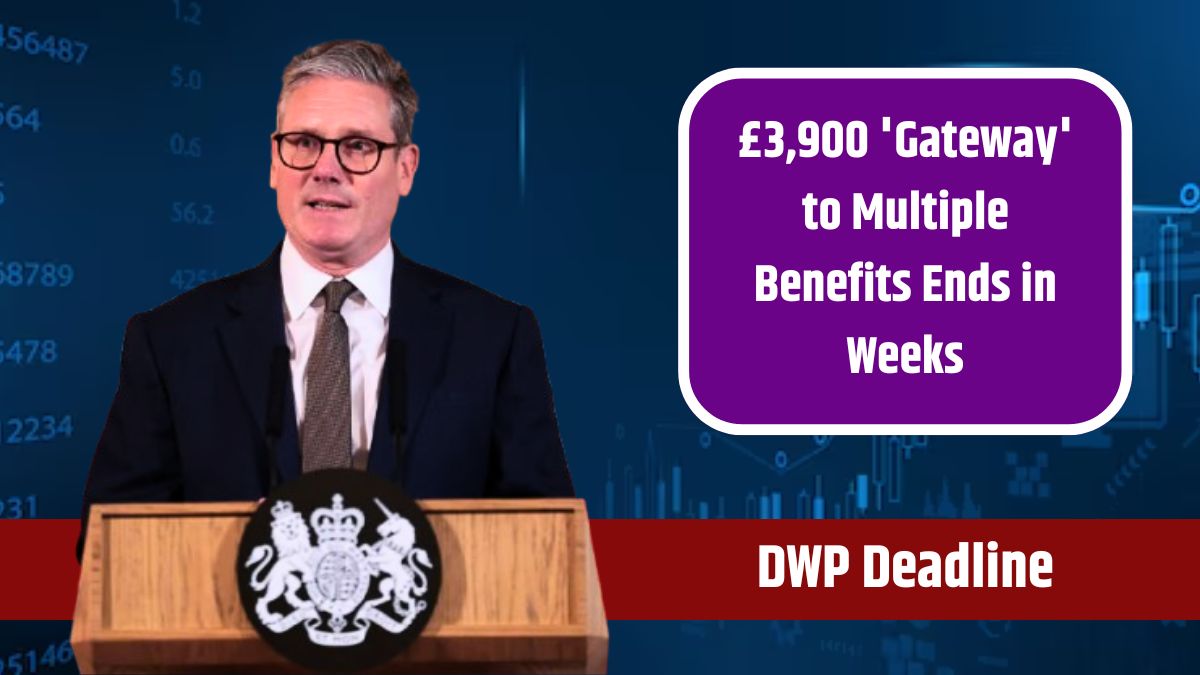The Department for Work and Pensions (DWP) will soon provide its annual one-off Christmas Bonus to eligible benefit recipients in the UK. This £10 payment aims to add a bit of festive cheer and additional support during the holiday season. Although it may seem modest, it’s an appreciated tradition for many. Here’s what you need to know about the Christmas Bonus, who qualifies, and what to do if you think you’re eligible but don’t receive it.
Christmas Bonus Works
The DWP Christmas Bonus is a one-off, tax-free £10 payment made automatically to eligible individuals in early December. The payment, which should appear in bank statements with the reference “DWP XB,” does not require any application. If you qualify for it, you’ll see the bonus appear in your account as an automatic top-up to your existing benefits.
Timing of the Payment
Most eligible recipients can expect the Christmas Bonus to arrive in the first weeks of December. However, if you believe you are due the payment but haven’t received it by the end of December, the DWP recommends contacting them from January 1 onward, by which time all payments should have been completed.
Christmas Bonus
To qualify for the DWP Christmas Bonus, you must be a resident or “ordinarily resident” in the UK, Channel Islands, Isle of Man, or Gibraltar during the first full week of December, which serves as the qualifying period. Additionally, you must be receiving at least one of the following benefits:
- Pension Credit (Guarantee Element)
- State Pension (including Graduated Retirement Benefit)
- Carer’s Allowance
- Personal Independence Payment (PIP)
- Disability Living Allowance
- Child Disability Payment
- Pension Age Disability Payment
- Armed Forces Independence Payment
- Attendance Allowance
- Constant Attendance Allowance (Industrial Injuries or War Pensions)
- Mobility Supplement
- Severe Disablement Allowance (transitionally protected)
- War Widow’s Pension
- Widow’s Pension
- Widowed Parent’s Allowance
- Widowed Mother’s Allowance
- War Disablement Pension (at State Pension age)
- Industrial Death Benefit (for widows or widowers)
- Adult Disability Payment
- Incapacity Benefit (long-term rate)
- Contribution-based Employment and Support Allowance (ESA) (post-main phase after 13 weeks)
- Carer Support Payment
- Unemployability Supplement or Allowance (Industrial Injuries or War Pensions)
If you’re part of a married or cohabitating couple and both partners receive one of the qualifying benefits, each person should receive the Christmas Bonus.
Addressing the £10 Amount
The £10 amount for the Christmas Bonus, introduced in the 1970s, has remained unchanged over the decades. Despite rising inflation and living costs, it has not been adjusted, leading some to voice dissatisfaction. Given the current cost-of-living crisis, many feel the bonus amount is outdated and advocate for an increase. Had the payment kept pace with inflation, it would now be closer to £100, according to some estimates. However, as of now, there has been no indication from the government that the bonus amount will be increased.
Don’t Receive the Bonus
If you believe you are eligible but don’t see the £10 payment in your account by late December, you should first double-check that you meet all eligibility criteria, including residency requirements during the qualifying week. If you meet the criteria, contact the DWP starting January 1 to inquire about the status of your payment.
The DWP’s Christmas Bonus provides a bit of holiday relief for eligible individuals across the UK. While some may consider it modest, it is appreciated by many as an annual gesture of support.
FAQs
When will I receive the Christmas Bonus?
The payment should arrive in early December, before Christmas.
Do I need to apply for the bonus?
No, the bonus is paid automatically to eligible recipients.
What if I don’t receive my payment?
Contact DWP from January 1 if you haven’t received it by end of December.
Who qualifies for the Christmas Bonus?
Those receiving qualifying benefits like Pension Credit or PIP.
Why is the bonus only £10?
The amount was set in the 1970s and hasn’t increased with inflation.
















